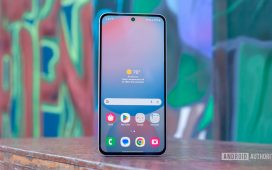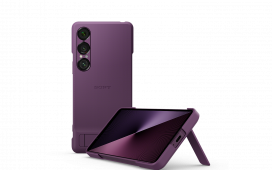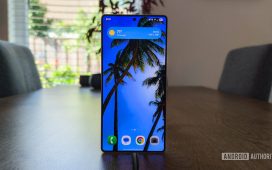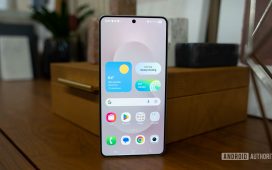Not content with powerhouse flagships and glitzy foldables, Samsung now has a new toy for those with copious disposable income — the ultra-slim Galaxy S25 Edge. I’m yet to hold it, but it looks simply sublime. However, I feel Samsung’s fear of the past has come back to deny it the opportunity to make the Edge the revolutionary phone it could have been.
The Galaxy S25 Edge has a few compromises, but undoubtedly its most significant issue is its tiny battery. At 3,900mAh, it’s a tad smaller than the compact Galaxy S25 — yet the phone is still essentially as wide as the far bigger Plus. Traditionally, Samsung’s battery life isn’t bad, but it’s nowhere near the top, and there’s only so far you can stretch a cell this small.
When you consider that the admittedly much bulkier but far lower performance Galaxy A36 5G, complete with a 5,000mAh battery, powers through barely five hours of screen-on time before needing a charge, you have to be concerned that the far more expensive Edge is not cut out for a hectic work/play lifestyle.
Surely, Samsung knew everyone’s first question would be, ‘looks great, but how’s the battery life?’
Even Samsung concedes the phone will last a bit longer than the Galaxy S24 but less than the S25, meaning a daily charge in an age where rival 6.7-inch flagship phones are pushing two days of solid use. And that’s before you factor in battery health degradation over a few years of charging — the S25 Edge might power past bedtime out of the box, but it’ll be dead by dinner after a few years of wear.
Samsung must have seen this coming. Battery life is at the top of virtually everyone’s must-have list; it constantly tops our polls, and it’s the thing, along with the camera, that everyone asks me about when I’m making recommendations. Surely Samsung’s R&D department could foresee the inevitable first impressions that anyone would have about the Edge: “OK, this looks amazing, but can such a thin phone last all day?” A glance at the spec sheet is enough to confirm the Edge is, at best, cutting it fine.
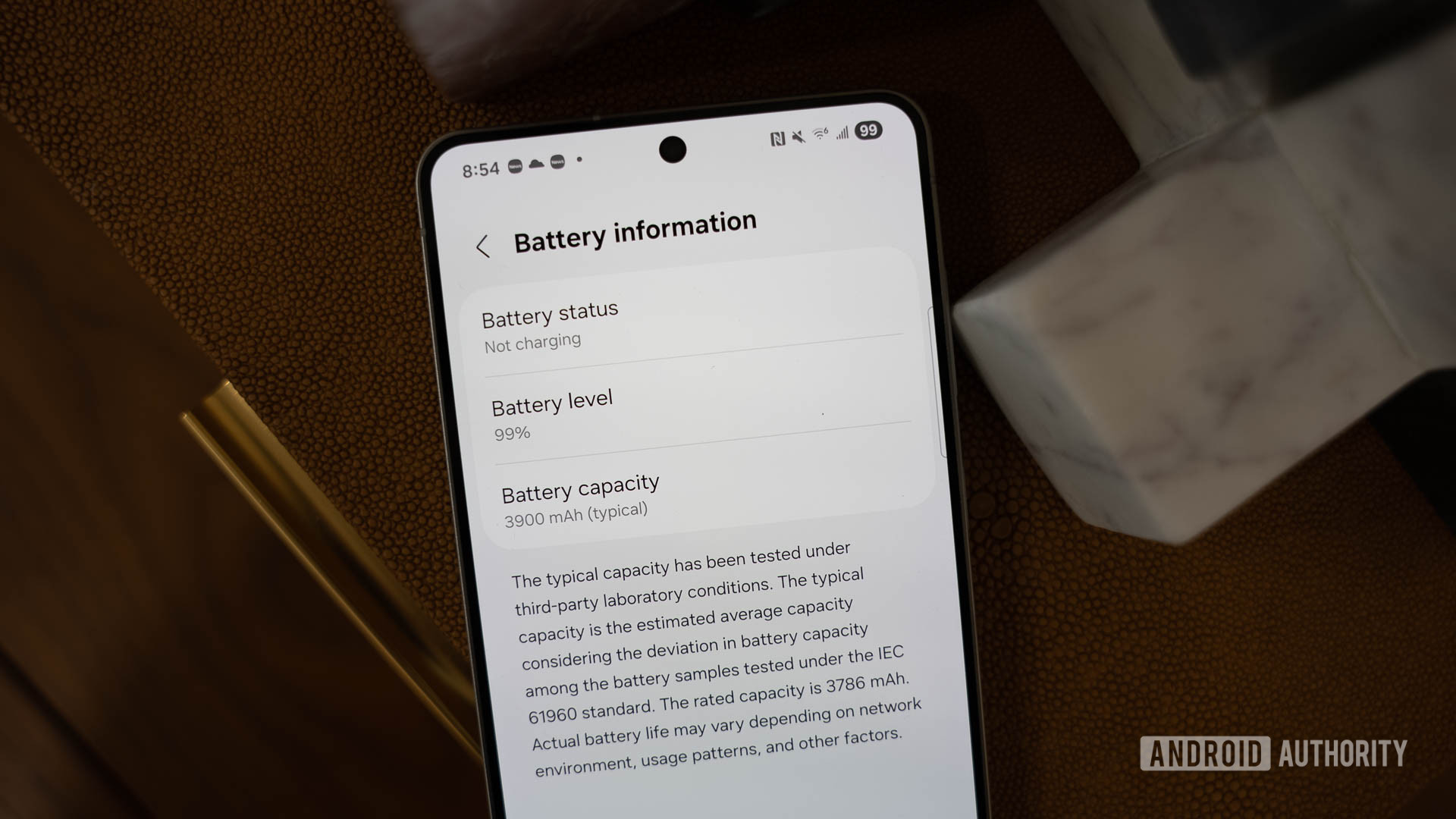
C. Scott Brown / Android Authority
Worst of all, it’s not like there aren’t modern solutions to this problem. As we noted in our Galaxy S25 Edge hands-on, adopting a cutting-edge silicon-carbon battery would have, in theory, allowed Samsung to squeeze around 10-15% more capacity into the same-sized cell. 4,300mAh might not be massive, but it would have looked more respectable in an age when several flagship phones have recently hit the 6,000mAh mark. More importantly, an extra 30-45 minutes of screen-on time can be the difference between a phone that dies by bedtime and one that still scrolls through headlines over breakfast.
Only Samsung knows why it opted not to adopt the same technology that has already debuted in 2025 flagships like the OnePlus 13 and Xiaomi 15 Ultra. You have to imagine it’s deep into researching the technology for foldables, at the very least, unless it’s really not the innovative giant it leads everyone to believe. Samsung is also a big enough player to have smaller capacity versions specifically manufactured, if they aren’t already available. The only other conclusion? Samsung’s playing it safe — sticking with tech it knows to avoid overheating or other wild-card issues from cramming a bigger battery into a tight metal shell.
Does the fear of swollen batteries still haunt the minds of Samsung’s top brass?
Such a fear wouldn’t be unfounded; a chief concern with silicon-carbon (Si/C) batteries is swelling during charging, which would be very noticeable in a thin phone. Taming this trade-off is why Si/C cells so far only offer modest 12% capacity gains, and perhaps why phones like the OPPO Find X8 Pro and Xiaomi 15 Ultra seem slightly slower to charge this year. Compared to rival power levels, you wouldn’t think that Samsung’s sluggish 25W charging was particularly at risk of overheating a modern battery, but the confined space of the Edge perhaps makes this more of a concern than usual. Not that I’m making excuses for Samsung, if it can’t make a slimline phone with excellent battery life and modern charging speeds, perhaps it shouldn’t bother making one at all.
What’s your biggest issue with the Galaxy S25 Edge?
368 votes
Maybe the Edge is just a Frankenstein’s monster of leftover parts. Or maybe the combustible Galaxy Note 7 still haunts Samsung’s boardroom. In any case, the Galaxy S25 Edge is risk-averse on the power front, shirking the opportunity to make a more significant impact and perhaps even redefine how we think of modern flagship phones. At $1,100, the Edge was always going to be a niche product even without the different form factor. So if not now, when will Samsung shake off the conservatism that has dogged its recent releases, throw caution to the wind, and strive to build something that turns heads for more than just its looks?
There will always be compromises with a slimmer form, and I can overlook the smaller camera array for the sake of sleek design — clamshells get away with it, after all. But battery life is the one thing that will make anyone hesitate before hitting that buy button. If the Edge offered more screen-on time than you’d expect from such a thin phone, we’d be having a very different conversation. That should have been Samsung’s goal.
Had Samsung delivered an ultra-light phone with robust battery life, we’d be talking about a category-defining marvel. Instead, the Galaxy S25 Edge feels more like a concept in disguise — all shine, no stamina. Maybe next year.
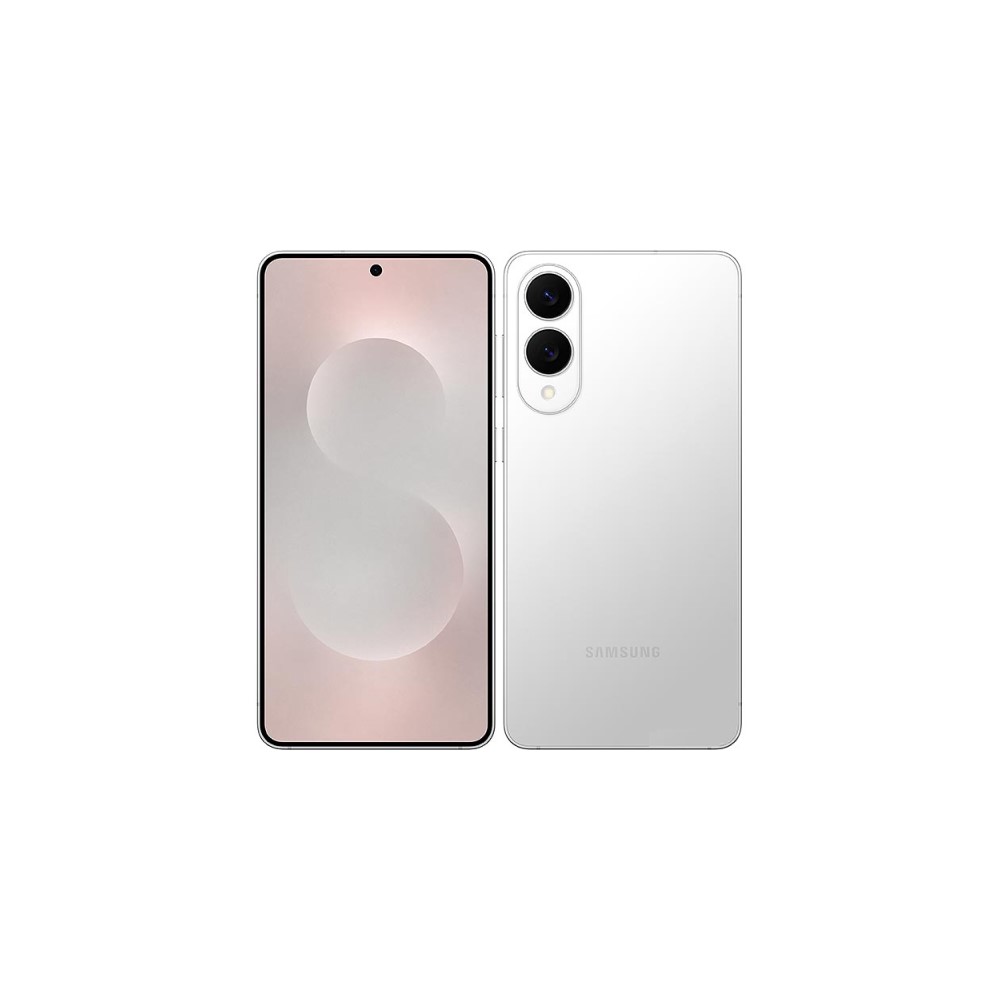
Samsung Galaxy S25 Edge
High-Performance Processor • Durable Titanium Build • Virtual Assistant Integration

